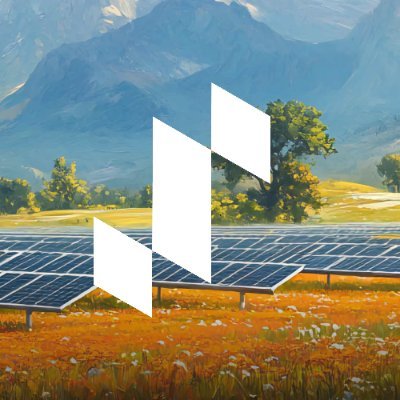Agrivoltaics: A Sustainable Future For Agriculture And Energy



What is agrivoltaics?
Agrivoltaics (also known as Agri PV) is the simultaneous use of land for both agriculture and solar energy generation.
It creates many benefits for land owners, farmers and energy providers, accelerating our transition to more sustainable energy and food productions.
The History
Agrivoltaics is combining land for agriculture and solar energy. It emerged in the 1980s after Dr. Goetzberger proposed it to optimize land use. Dr. Weber later emphasized its benefits.
Pilot projects in the 2010s showed improved crop yield and energy efficiency. Countries like Japan and China embraced agrivoltaics for sustainability and resilience.
Today, after many years of research and refinement, it continues to grow as a promising solution to environmental challenges, bridging agriculture and renewable energy.
Why is Agrivoltaics important
The world's needs for energy and food are increasing. We will soon be beyond the current capacity. We need to dramatically increase production without increasing costs. Just to sustain the population.
Increasing food production with current methods means increased water usage. Because of the global temperatures rise, water is becoming more expensive and less efficient to use. Increasing energy production means greater consumption of fossil fuels, or large nuclear power plants that demand large investments and time to build and maintain.
Agrivoltaics offer a unique solution by combining land usage for both food and energy production. It simultaneously reduces water consumption and increases crop yield. With the shade from the solar panels, plants focus energy on their growth rather than hydration management.
"When you think about our population into the future, having nine billion people by mid-century, we have to start looking at that to build resilience." Jennifer Bousselot, Colorado State University researcher
For farmers and land owners agrivoltaics diversifies income. With a greater cashflow, you can reinvest in your land and equipment. For energy providers it offers a more stable and easier to implement energy production, without the headache of bureaucratic processes or time needed for planning and building.
How Agrivoltaics works
Solar panels are placed in rows on elevated frames. The spacing between rows is carefully calculated to maximize both crop yield and solar production.
Each plant has a limit on how much sun they can actually use to grow, called a "light saturation point". Once they pass this point, the plant starts spending its energy to replace evaporating water.
Solar panels are positioned to give the crops enough direct sunlight to reach the light saturation point. The crop can spend the remainder of the day focusing energy on growth as it receives indirect sunlight.
The solar panels help provide the ideal humidity for the crops and since evaporation is reduced, less water is needed overall. All the excess energy is captured by the panels and converted into usable electricity.
The sustainable future for agriculture and energy
Agrivoltaics is still in its infancy. Every year new studies are released. Land owners, farmers and energy providers all receive measurable benefits.
With time, we discover new things that make agrivoltaics an even more obvious choice for the sustainable future for agriculture and energy.
Agrivoltaics makes sense.
-
Use less water. Plants receive enough sun to focus on growth, and no longer need to waste energy fighting for water.
-
Increased crop yield. Crops that are grown in Agrivoltaic fields produce more yield, anywhere from 5% to 200%.
-
Extend seasons. Reducing crop evaporation helps maintain the right humidity levels, helping the growth seasons last longer.
-
Diversify income. Land owners receive an additional income from the same land, improving cashflow.
-
Capture wasted energy. Instead of the sun's energy dehydrating plants, it’s captured and turned into electricity.
-
Faster implementation. Energy providers can start capturing energy sooner than spending years stuck in bureaucratic processes.